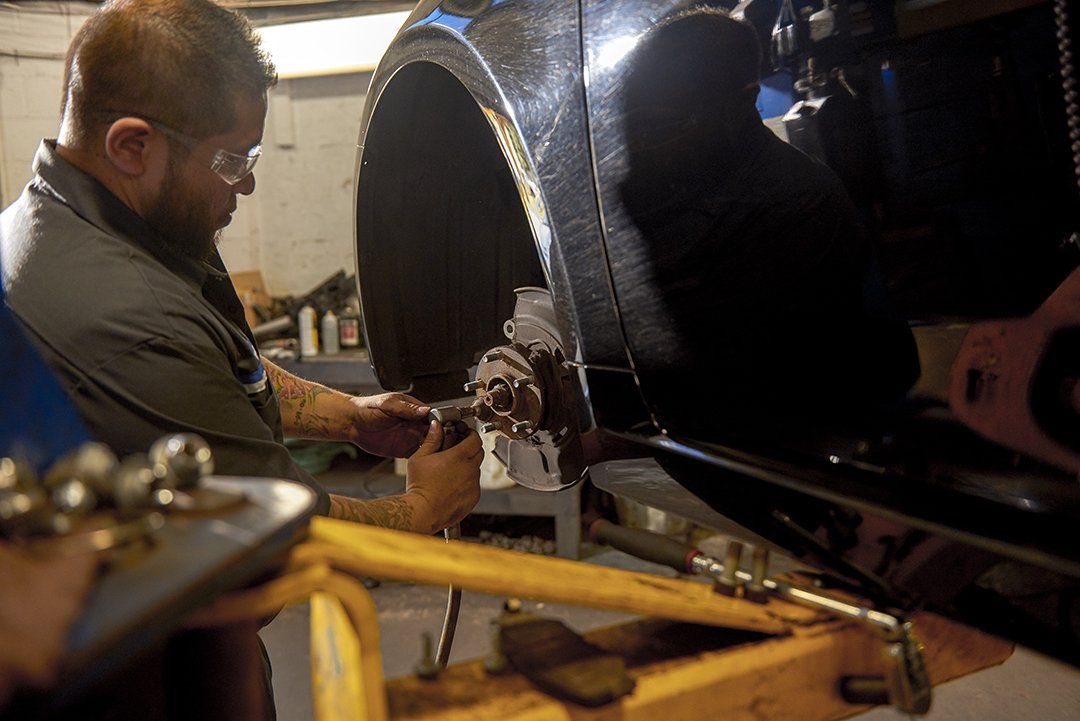Modern lorries commonly come equipped with either 4x4 (4WD) or Four-wheel Drive (AWD) systems, both developed to boost grip and control. While they serve similar functions, their applications and performances vary.
4WD systems, commonly located in trucks and SUVs, are engineered for off-road problems and heavy towing. They enable motorists to switch between two-wheel drive (2WD) and 4WD modes, supplying adaptability based on terrain and driving demands. This versatility guarantees optimum efficiency whether browsing city roads or tough tracks. The included components in 4WD systems can lead to raised maintenance needs and possible for repairs.

AWD systems, on the other hand, are normally found in cars, station wagons, and sporting activities autos. These systems instantly distribute power to all 4 wheels, boosting traction in various driving problems without driver treatment. While AWD offers boosted managing and stability, particularly in unfavorable weather, it also introduces extra mechanical complexity, which may necessitate more regular upkeep.
Normal evaluations and maintenance are essential for both systems to ensure durability and dependability. Elements such as differentials, transfer cases, and hubs should be regularly inspected by qualified professionals. Proper maintenance not just avoids expensive fixings however likewise ensures that your vehicle carries out efficiently, regardless of the driving problems.

Check for more info at Logan Square Auto Repair - Four-Wheel-Drive System Service & Repair Facebook Youtube Instagram
Latest Posts
Explore Bill Walsh Ford - Affordable Used Vehicles in Ottawa, IL Inventory!
Friendly Lincoln: Top Lincoln Deals Are Waiting for You
Get a Fast & Dependable Oil Modification at Modern Nissan of Hickory
Navigation
Latest Posts
Explore Bill Walsh Ford - Affordable Used Vehicles in Ottawa, IL Inventory!
Friendly Lincoln: Top Lincoln Deals Are Waiting for You
Get a Fast & Dependable Oil Modification at Modern Nissan of Hickory